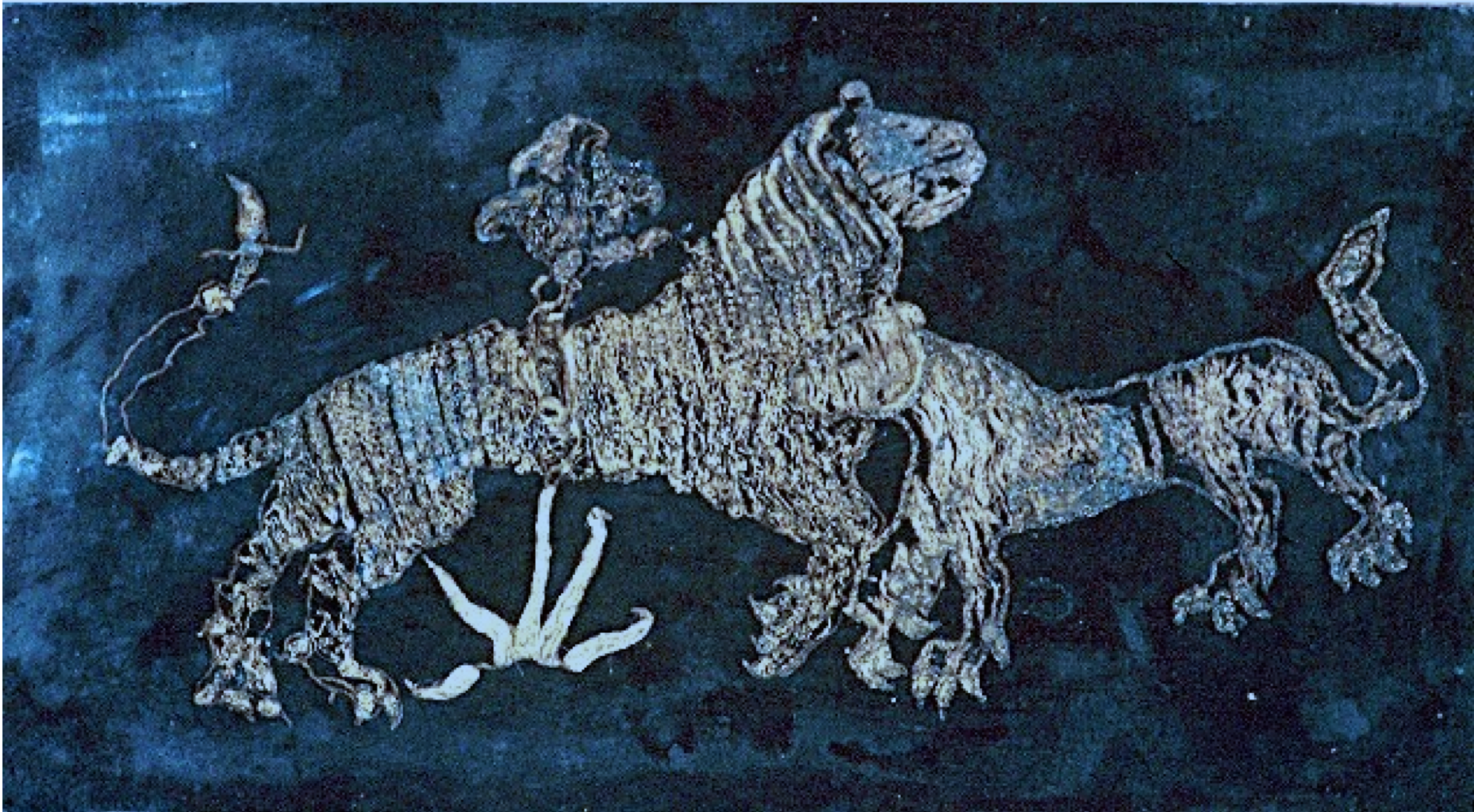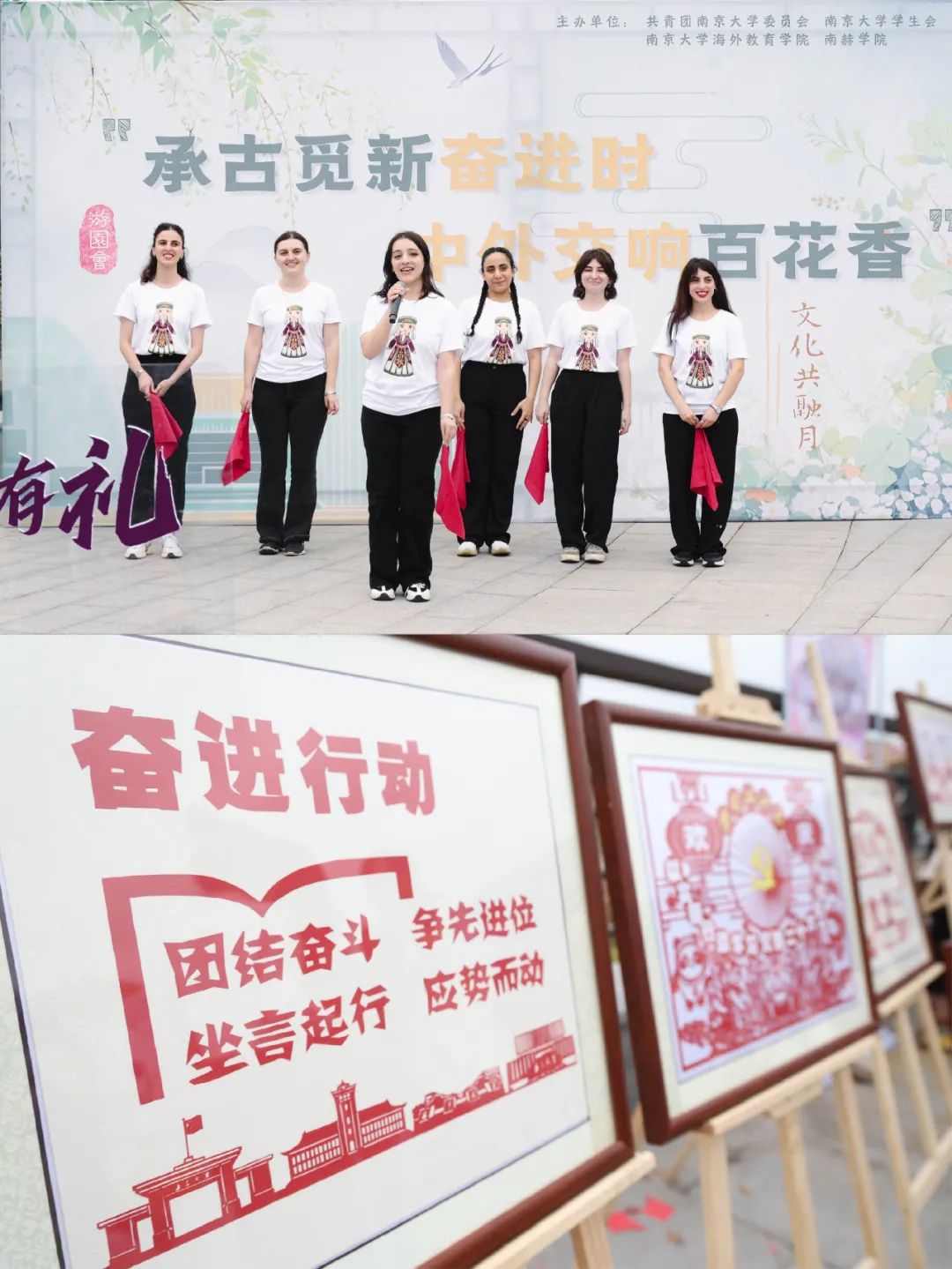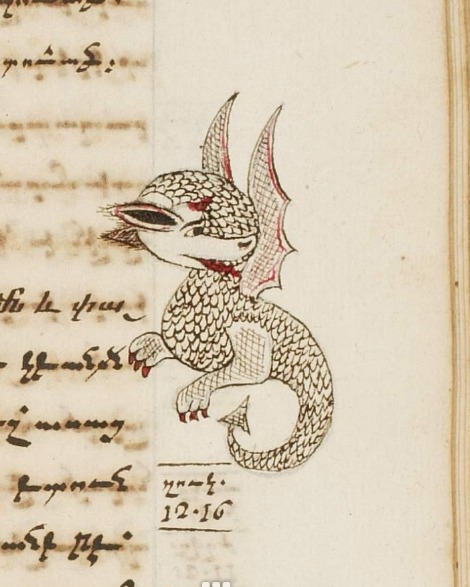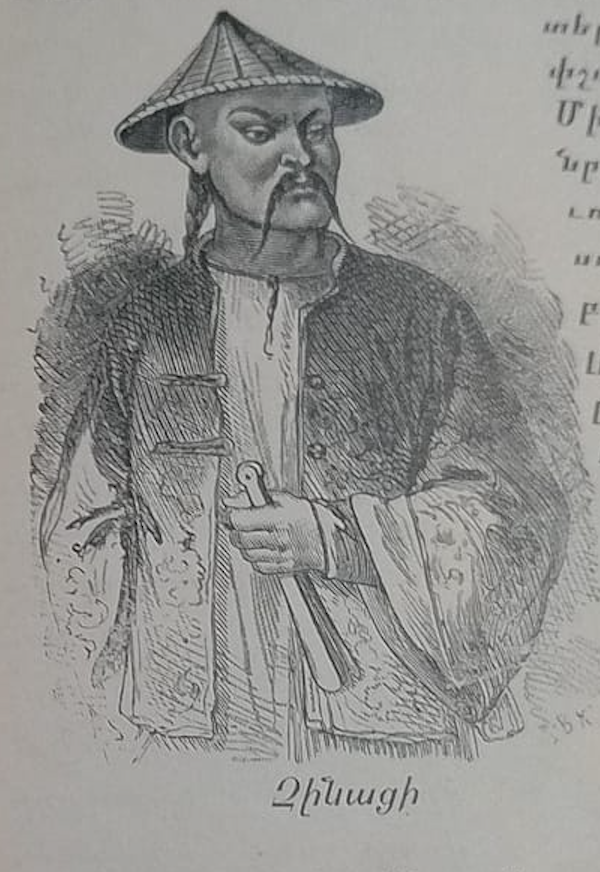
Tiger in Armenian imagery: the embroidered piece from Ani
by Ani Margaryan
The History Museum of Armenia houses an interesting artifact- a piece of silk textile, possibly a shred of the embroidered silk veil with the imagery of a lion and a tiger against the background of the Tree of Life motif. The object is dated back to the 12th-13th centuries CE. The content of this decorative artwork remains unknown, however, the Tree of Life might be interpreted as the symbol of fertility and the idea of family, and the placement of the lion and the tiger within the composition could be associated with the heraldic symbols echoing the hereditary signs. On the other hand, the visual properties of this piece of art could be explored within the cross-cultural interactions through the extensive trade routes of the time.
The Armenian renowned city of Ani, the medieval capital of the Armenian kingdoms of both Bagratids and Zakarids, the significant commercial and cultural center, is considered as the original place of creation. It’s noteworthy that the Standard of Ani bears the image of a lion or a tiger.
The Zakarids (1201-1360 CE) breathed new life into the city; its defenses were strengthened and many new churches were constructed. The Mongols unsuccessfully besieged Ani in 1226, but in 1236 they captured and sacked the city, massacring large numbers of its population. Under the Mongols, the Zakarids continued to rule Ani, as the vassals of the Georgian monarch.
The exquisite and expensive material of the fabric- silk, also the usage of golden threads for embroidery indicate the high status of either the patron or the owner.









